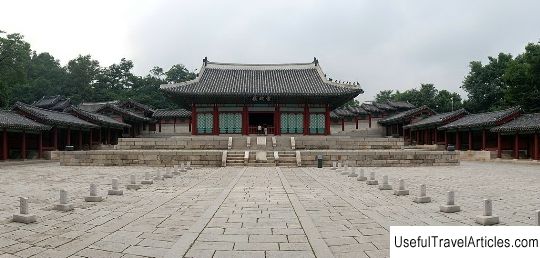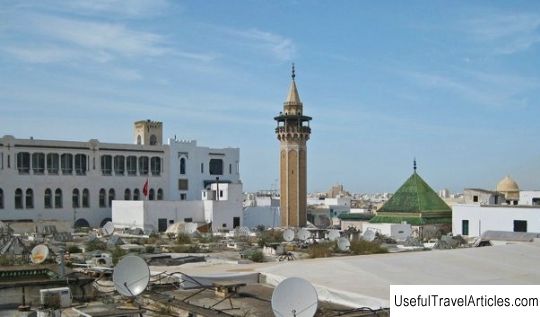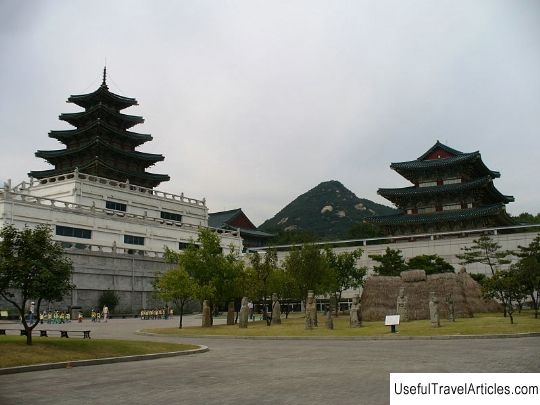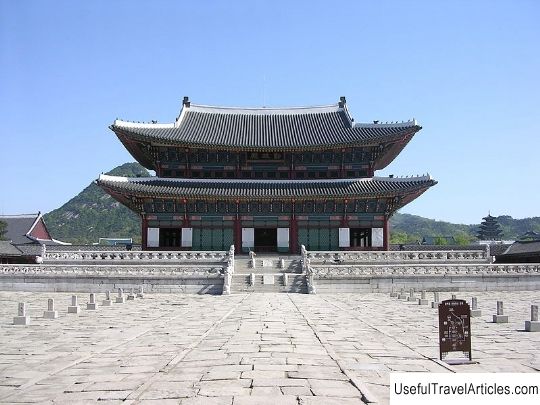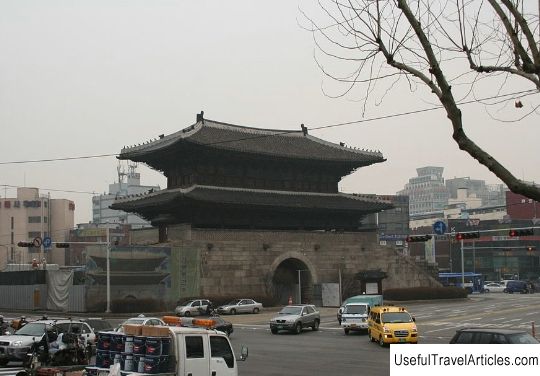Wongudan description and photos - South Korea: Seoul
Rating: 8,0/10 (1202 votes) 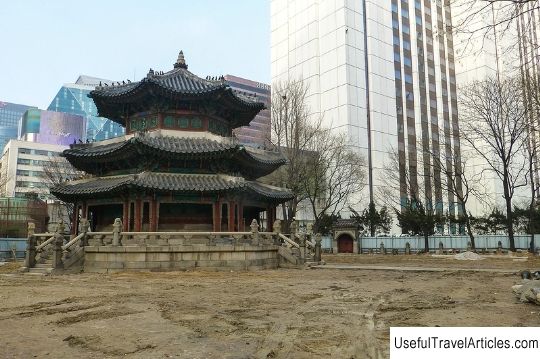
Wongudan description and photos - South Korea: Seoul. Detailed information about the attraction. Description, photographs and a map showing the nearest significant objects. The title in English is Wongudan. Photo and descriptionWongudan is located in one of the municipalities of Seoul - Jung-gu. The Wongudan Altar was built in 1897 so that the rites prescribed by the cult of Heaven could be performed on this site. This altar is also called Wondan or Hwongudan. The Cult of Heaven preceded Taoism and Confucianism, appeared during the reign of King Songjong, the sixth ruler of the Korean state of Kore. It was King Seongjong who was the first of the rulers of Korea to conduct religious rituals aimed at obtaining a good harvest. For a while, the ritual ceremonies were not performed, and they were resumed in 1897 by King Gojong, the 26th ruler of the Joseon Dynasty (from 1863 to 1897) and who became the first emperor of the Korean Empire. The Wongudan altar complex is located between the Bukhansan and Namsan mountains, and from the point of view of feng shui is located in an auspicious place. Wongudan is a granite structure used for animal sacrifices. Also on the territory of the complex there was a fountain and a three-level altar in the shape of an octagon - Hwongungu, which means "yellow palace-sanctuary". Unfortunately, part of the complex was destroyed in 1913 during the reign of the Japanese colonial government, only the Hwongungu altar survived - a magnificent structure guarded by stone figures. There are three drums adorned with figures of dragons next to the altar. They resemble the tools that were used during the sacrifice to Heaven. These drums were installed in 1902. The place where the other part of the complex was, is now a hotel. In the list of historical sites in Korea, the Wongudan altar is ranked 157th.          We also recommend reading Egyptian house description and photo - Russia - Saint Petersburg: Saint Petersburg Topic: Wongudan description and photos - South Korea: Seoul. |
